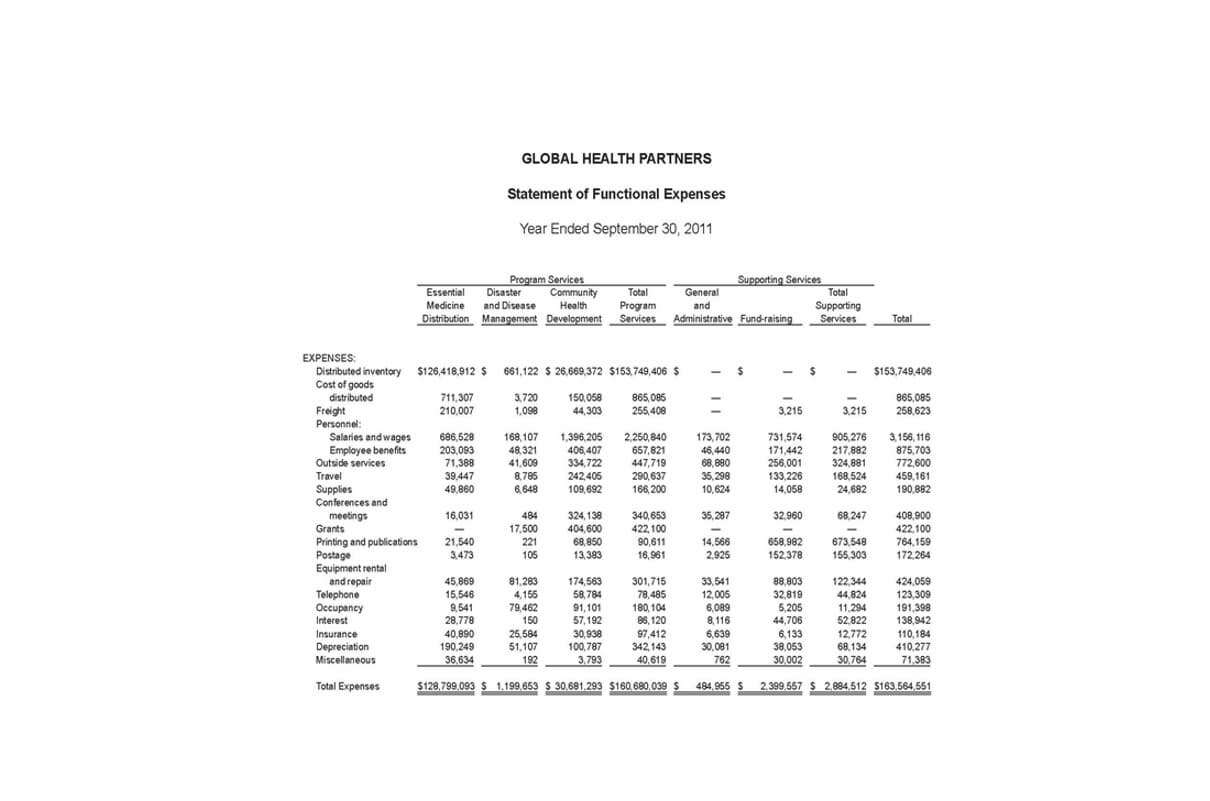
To identify a company’s true economic exposure, start by determining the natural offsets across businesses to ensure that hedging activities don’t actually increase it. A very common occurrence of hedge accounting is when companies seek to hedge their foreign exchange risk. Due to the increase in globalization through trade liberalization and improvements in technologies, many companies can sell their products or provide their services in a foreign country with a foreign or different currency.
A strategic inventory ensures swift adaptation to market changes and trends. There is a risk-reward tradeoff inherent in hedging; while it reduces potential risk, it also chips away at potential gains. In the case of the flood insurance policy example, the monthly payments add up, and if the flood never comes, the policyholder receives no payout. Still, most people would choose to take that predictable, circumscribed loss rather than suddenly lose the roof over their heads. Whether or not you decide to start practicing the intricate uses of derivatives, learning about how hedging works will help advance your understanding of the market, which will always help you be a better investor. Regardless of what kind of investor one aims to be, having a basic knowledge of hedging strategies will lead to better awareness of how investors and companies work to protect themselves.
Using Options as a Hedging Strategy
This can be done if the hedge is no longer needed, if the cost of the hedge is too high, or if one seeks to take on the additional risk of an unhedged position. For instance, if you are long shares of XYZ corporation, you can buy a put option to protect your investment from large downside moves. If you leave a purchase insured after it becomes stock, the hedge sort of runs over itself and needs to be moved forward; however, the stock still stays in place and if it’s perpetual inventory, it might be there forever. Hedge inventory is sometimes described as an inventory gathered in preparation for a rare event. Most organizations typically steer clear of this strategy because it involves an additional expense that can ultimately be completely wasted. Sortly empowers you to work more efficiently, plan for jobs better, and serve your customers to their highest satisfaction.

The point of hedging a position is to reduce the volatility of the overall portfolio. Hedge accounting has the same effect except that it is used on financial statements. For example, when accounting for complex financial instruments, adjusting the value of the instrument to fair value creates large swings in profit and loss. Hedge accounting treats the changes in market value of the reciprocal hedge and the original security as one entry so that large swings are reduced. A protective put involves buying a downside put option (i.e., one with a lower strike price than the current market price of the underlying asset). The put gives you the right (but not the obligation) to sell the underlying stock at the strike price before it expires.
Challenges to Hedging
Either way, businesses that hedge inventory believe they are mitigating risk by stockpiling excess inventory in this manner. That being said, hedging inventory comes with its own significant set of risks that we will touch on later in the article. Investors are often more concerned with hedging against moderate price declines than severe declines, as these types of price drops are both very unpredictable and relatively common.

It provides a level of certainty by allowing companies to lock in prices for raw materials or finished goods, minimizing the impact of adverse market movements on profitability. However, for businesses in more stable markets or those less vulnerable to price volatility, the necessity of hedge inventory may be less pronounced, and other risk management approaches may be more appropriate. Ultimately, the decision to implement hedge inventory should be based on a careful assessment of the company’s exposure to market risks and its overall risk tolerance. Turning to the idea of hedging future sales, we have to start with a projection of when these sales are likely to occur. Unless our hedge horizon is particularly extended, more likely than not, we’d structure our derivative positions to expire at or around the time of the expected sale. We simply buy derivatives that cover the volume of sales we choose to hedge.
Market Responsiveness:
Howard Hughes Holdings delivered record MPC earnings before taxes and record operating asset net operating income. If that sounds confusing, that’s because it’s a complicated business designed to generate returns over years or even decades, so it won’t be for everyone — but Ackman is clearly sold. Ackman is excited by Restaurant Brands’ “long-term growth potential trading at a discounted valuation.” Global sales climbed 12% in 2023, pushing EPS up 16%.
Many risk managers underestimate the true cost of hedging, typically focusing only on the direct transactional costs, such as bid–ask spreads and broker fees. These components are often only a small portion of total hedge costs (Exhibit 1), leaving out indirect ones, which can be the largest portion of the total. As a result, the cost of many hedging programs far exceeds their benefit. It decides to hedge the long position by buying a put option position on the S&P 500 worth $1 million and long the 30-year U.S.
What Is a Hedge?
In general, the more downside risk the purchaser of the hedge seeks to transfer to the seller, the more expensive the hedge will be. He manages Pershing Square Capital Management, the hedge fund he founded, which has nearly $11 billion in assets under management. The activist investor made his fortune by acquiring sizable positions in companies and pushing management to make positive changes that increase shareholder value.
In order to qualify for hedge accounting, the potential changes in the asset or liability’s fair value must have the potential to affect the company’s reported earnings. Examples of items that may qualify for fair value hedging include inventory and assets hedge inventory or liabilities denominated in a foreign currency. The purpose of a hedge is to protect; thus, a hedge position is undertaken to reduce risk. In some cases, the one placing the hedge owns the commodity or asset, while other times the hedger does not.


